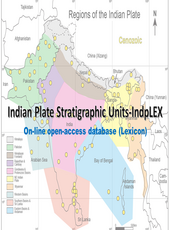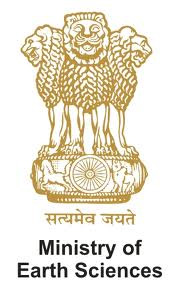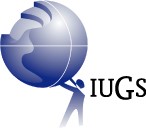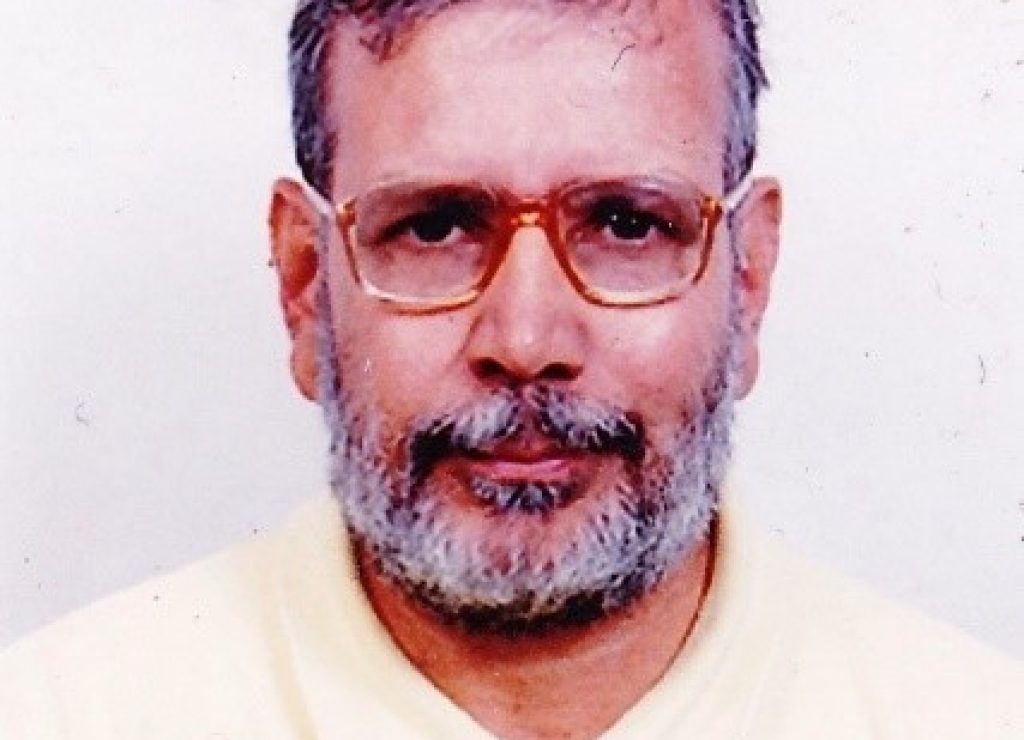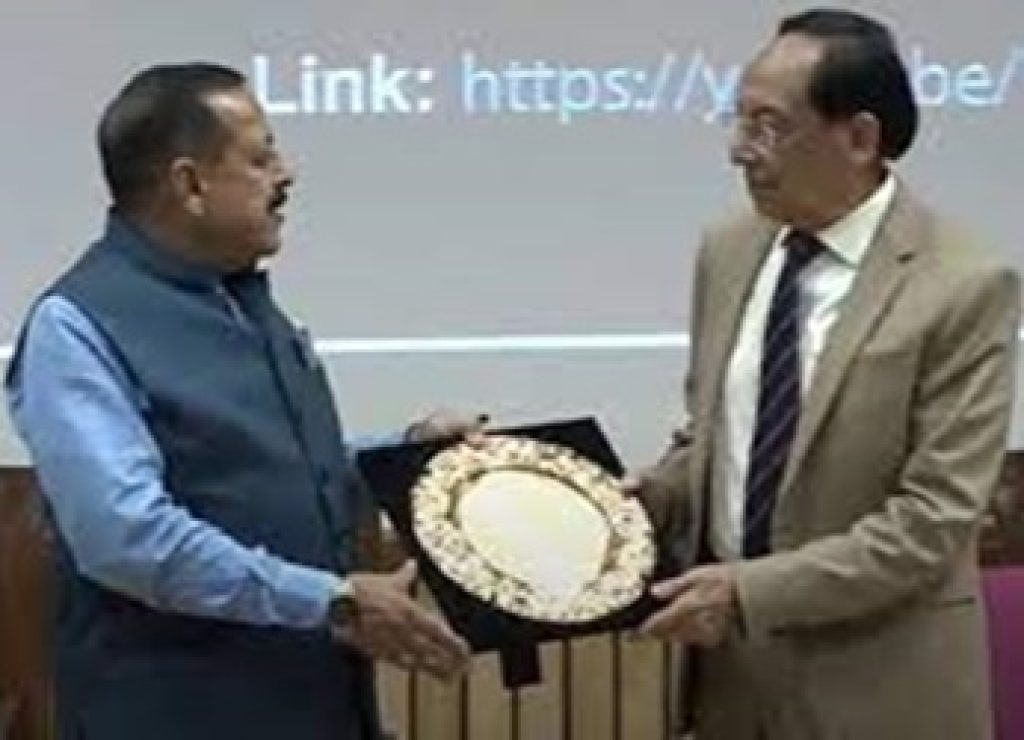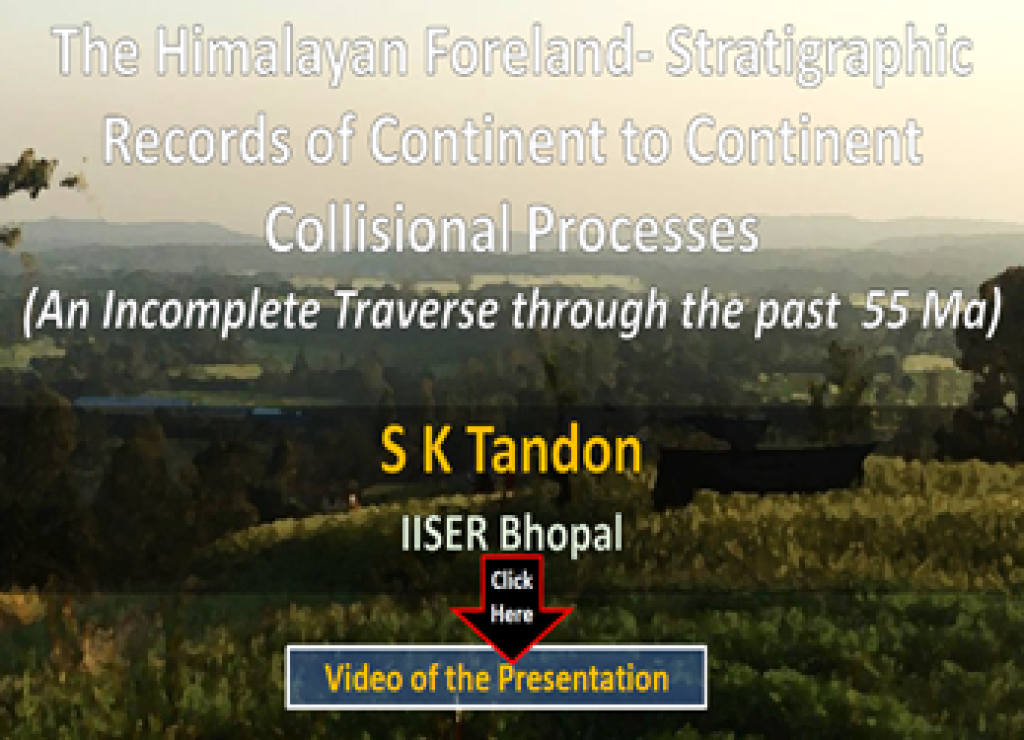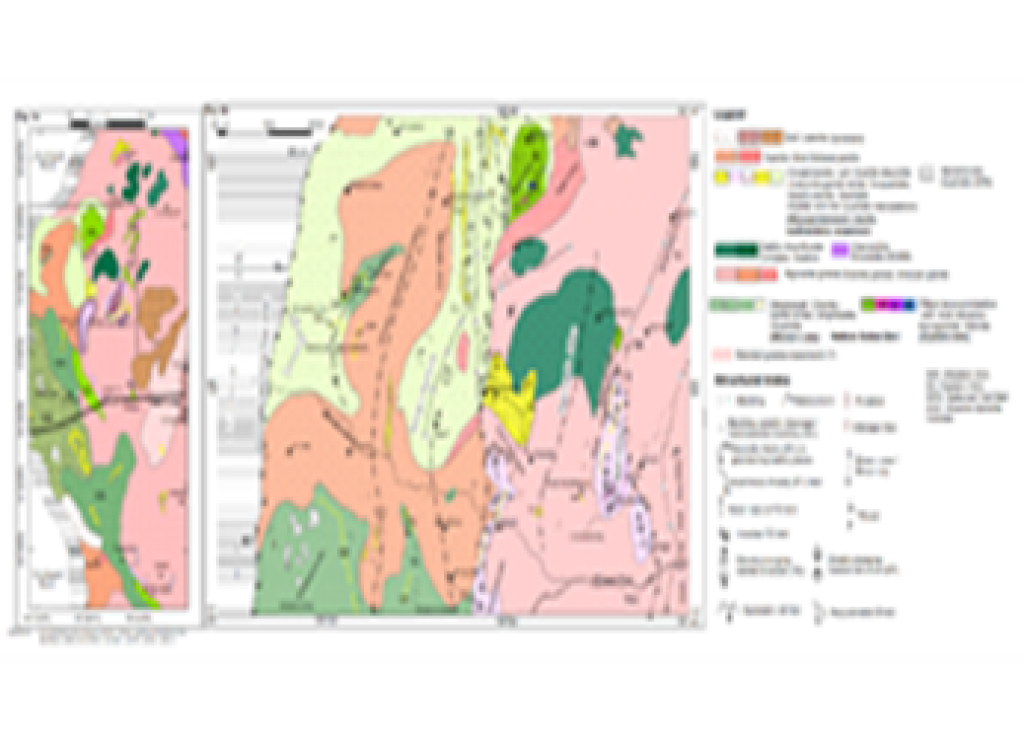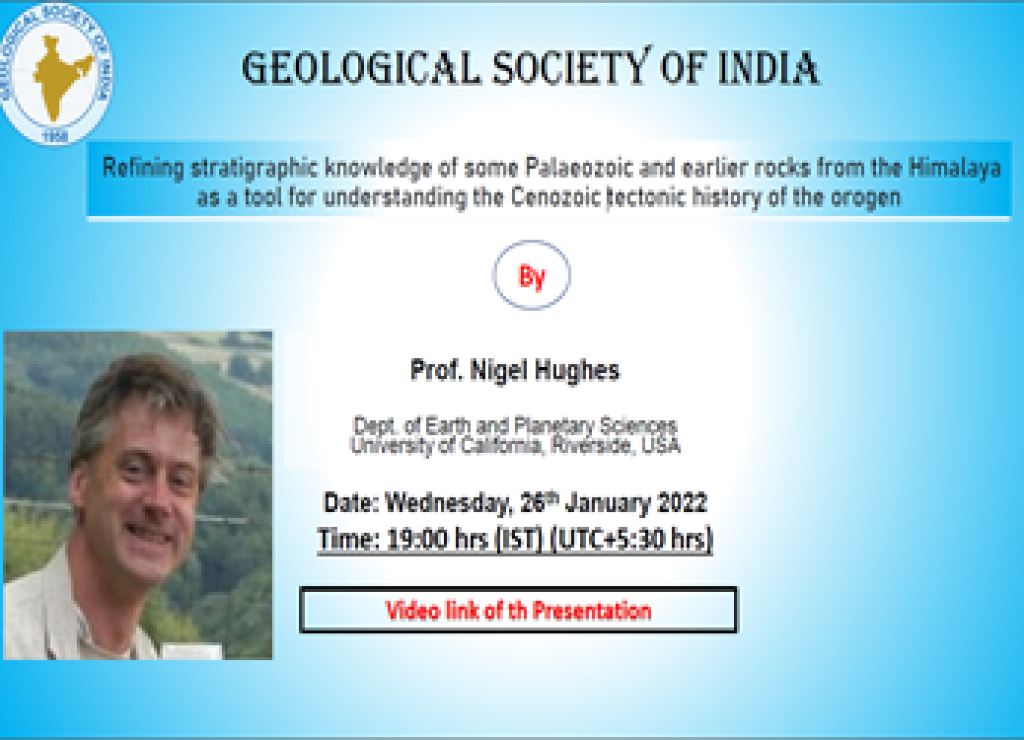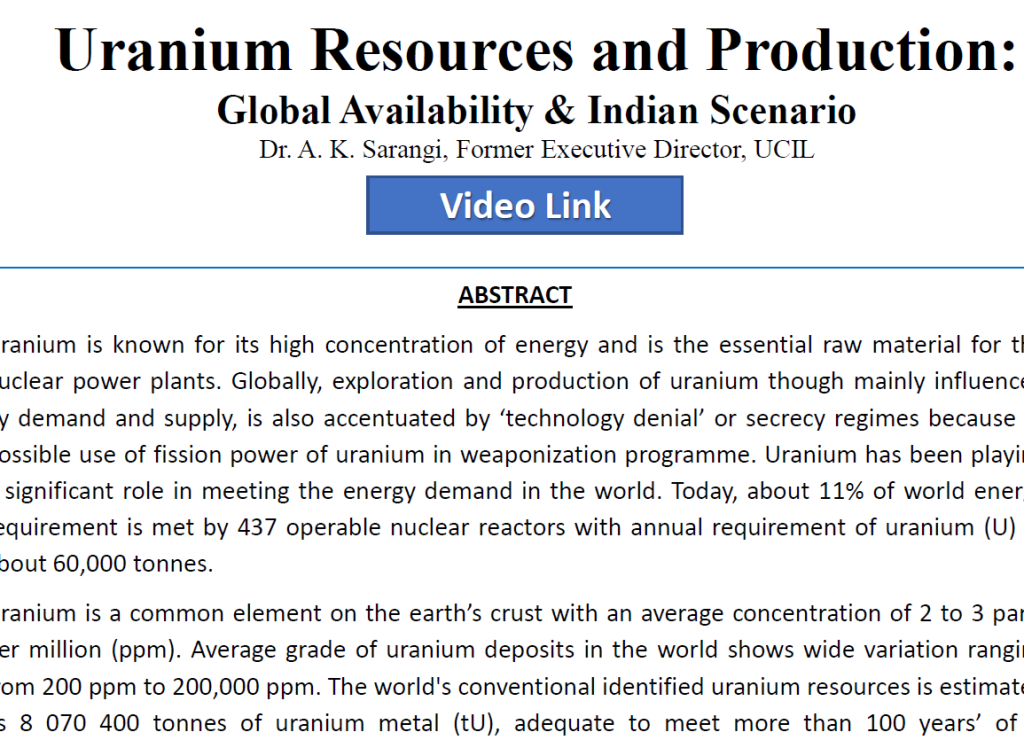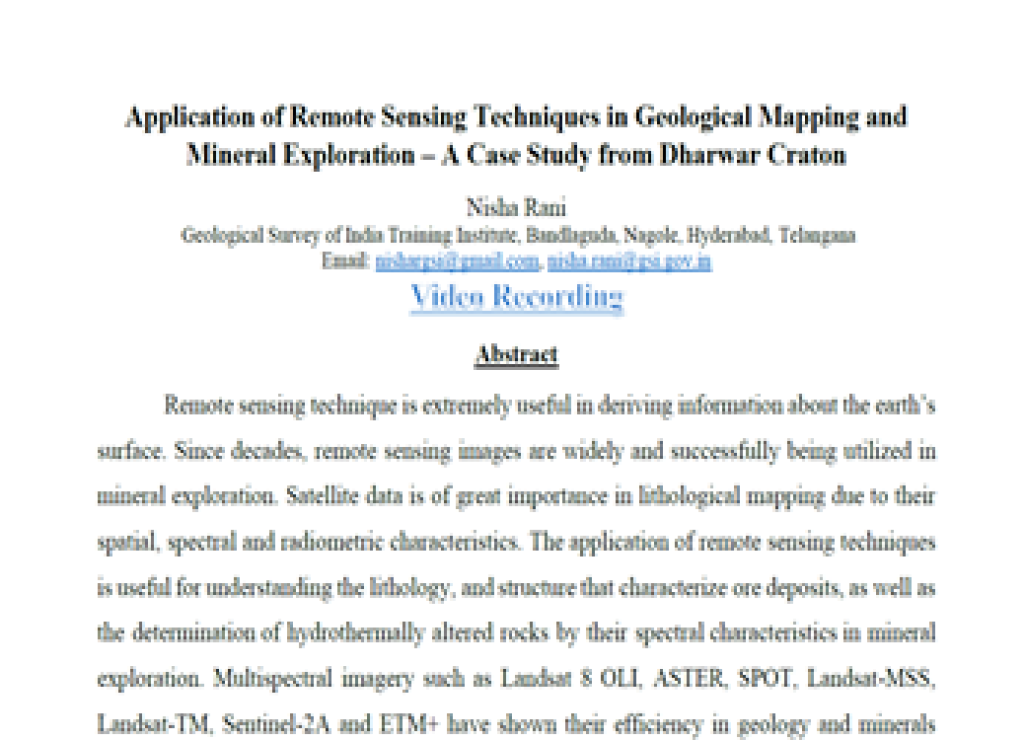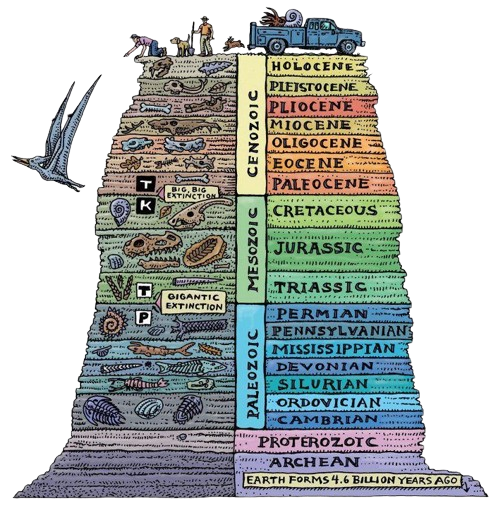
The Geological Society of India
The Geological Society of India is a professional body of geologists who are dedicated to the promotion of advanced study and research in all branches of Indian Geology. The society was founded by Professor L. Rama Rao and his colleagues in 1958, with the aim of fostering scientific excellence and public awareness of Earth Systems Science. Earth Systems Science is an interdisciplinary field that studies the interactions and feedbacks among the physical, chemical, biological, and human components of the Earth system. The Geological Society of India organizes various activities and events for its members and the general public, such as conferences, workshops, lectures, field trips, publications, and awards. The Gelogical Society of India also collaborates with other national and international organizations and institutions to advance the scientific understanding and societal relevance of Earth Systems Science. The society welcomes anyone who is interested in the Earth and its processes to join the society and contribute to its vision and mission.
The Geological Society of India is a registered society under the Societies Registration Act, 1860, and is affiliated to the International Union of Geological Sciences (IUGS).
Our Publication Categories
We Publish more than 200 Publications and the selected list of our Publications are Outlined Below:
Society Announcements
-
Guideline for submission of S & T Proposals
"The papers have to be submitted through Kriyadoc page: https://geosocindia.kriyadocs.com/submission/jgsi/jgsi. For further information read Instructions to Authors."


